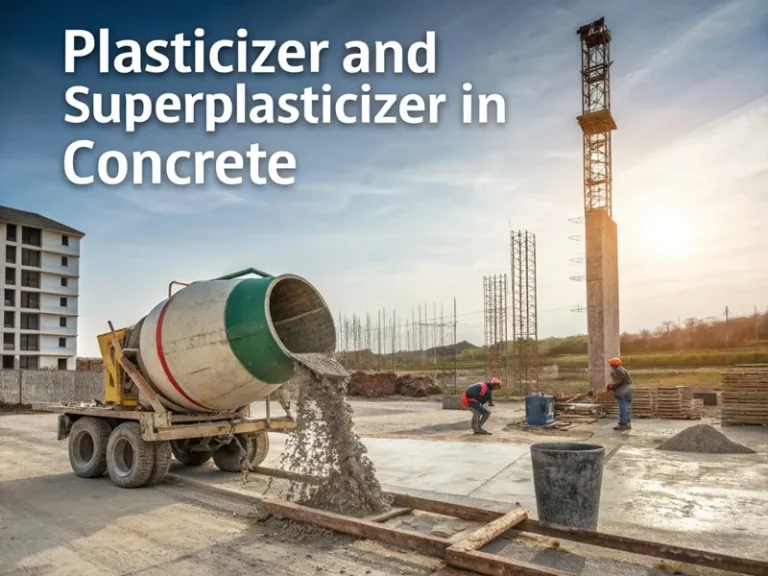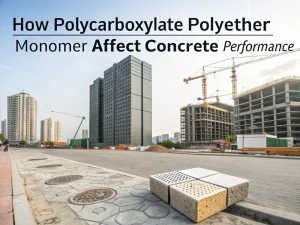Blog

In the field of modern concrete technology, plasticizers and superplasticizers are key admixtures that have completely changed workability, strength, and durability. Although both can improve the fluidity of concrete, there are significant differences in their mechanisms, properties, and applications. This article delves into the science behind these additives, comparing their chemical composition, functional differences, and transformative effects in global construction projects.
Plasticizers, also known as water reducers, are typically low-range additives based on the following components:
They reduce water demand by 5-15% through electrostatic repulsion, slightly dispersing cement particles to improve fluidity without producing excessive fluidity.
Superplasticizer (high-efficiency water-reducing agent) is an advanced polymer, especially:
Polycarboxylate superplasticizer has customized side chain modified polycarboxylate salts, which achieve 20-40% water reduction through electrostatic repulsion and steric hindrance (long polymer chains), thus realizing self-compacting concrete (SCC) and high-performance concrete (HPC).
Compressive strength:
Plasticizer: Strength increases by 10-15% after 28 days
Superplasticizer: Strength increased by 20-50%, with a one-day strength of 30 MPa
Tensile strength and flexural strength:
Both additives improve ductility, but superplasticizers provide greater modulus of rupture (MOR) gain.
Infiltration:
Superplasticizers can reduce the diffusion coefficient of chloride ions by 50-70%, which is crucial for coastal buildings.
Attribute | Plasticizers (Low-Range) | Superplasticizers (High-Range) |
Water Reduction | 5–15% | 20–40% |
Slump Retention | Moderate (1–2 hours) | Excellent (2–3 hours) |
Typical Dosage | 0.2–1.0% by cement mass | 0.2–2.0% by cement mass |
Effect on Strength | Slight early strength gain | Significant strength enhancement |
Ideal Concrete Type | Normal-strength concrete | HPC, SCC, self-compacting concrete |
Cost Efficiency | Lower cost, but lower performance | Higher cost, but higher ROI in HPC |
General Construction:
Residential buildings
Small-scale infrastructure (sidewalks, driveways)
Specific Uses:
Reducing water content in mass concrete to minimize thermal cracking
Improving permeability in pipeline transport without high flow requirements
High-Performance Concrete (HPC):
Ultra-high-strength concrete (≥100 MPa) for skyscrapers.
Marine structures resistant to chloride ingress.
Self-Compacting Concrete (SCC):
Complex formworks in architectural concrete.
Underwater construction (tunnel linings, offshore foundations)
Plasticizers and superplasticizers represent two generations of concrete admixtures, each tailored to specific construction needs. Although plasticizers are still an economically efficient solution for conventional projects, superplasticizers make construction and engineering miracles possible by releasing unprecedented processability and strength.

How Polycarboxylate Polyether Monomer Affect Concrete Performance
Blog How Polycarboxylate

How Polycarboxylate Superplasticizer Interacts With Slag In Concrete
Blog How Polycarboxylate